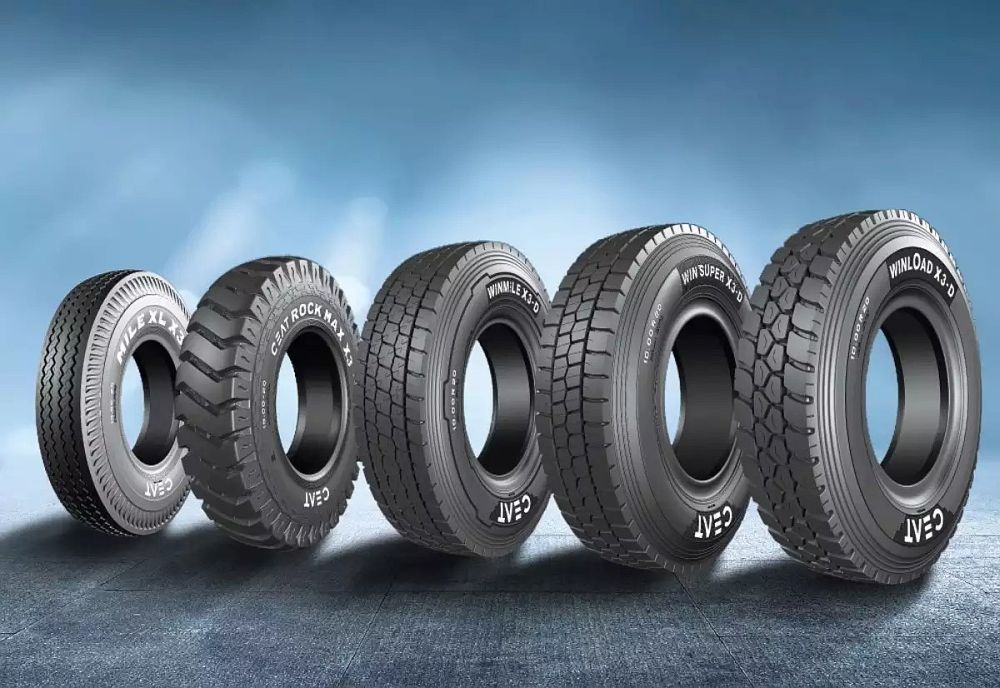CEAT LTD (CEAT), is one of India’s leading tyre manufacturers with sales in more than 100 countries worldwide. It’s rapidly digitizing its factories for smart manufacturing to unlock manufacturing efficiencies, make data-driven decisions and launch innovative digital services.
Today, CEAT proudly talks about its smart manufacturing initiatives and invent intelligent tyres – tyres with sensors which can predict various data points such as load and wear. All this is powered by technologies such as IoT sensors, data lake, cloud-based analytics, business intelligence and machine learning, thanks to Amazon Web Services (AWS).
By using AWS services, CEAT was able to develop a solution that automatically recommends which tyres dealers should order based on history and real-time supply, improving customer experience.
“AWS has helped us deliver a better customer experience by using cloud capabilities, like machine learning, serverless computing, and database services,” said Ganesh Bhat, head of digital and analytics (CoE) at CEAT LTD. “With AWS, we can drive smart manufacturing capabilities and create new products, like intelligent tyres, much faster. In addition, we can focus on innovation instead of system maintenance by using the cloud to automate more processes.”
Leveraging AWS Services
Before migrating to AWS, CEAT’s on-premises infrastructure could not scale with the demand for new digital services. As a first step to improve agility and accelerate innovation, CEAT implemented a modern SAP S/4HANA enterprise resource planning (ERP) platform on AWS. Then, using Amazon QuickSight, an AWS service that helps CEAT employees easily understand data, CEAT set up real-time analytics dashboards using factory and enterprise data.
Data analytics unlocks insights to help the company develop innovative and high-quality tyres for safer journeys, including an intelligent tyre for commercial fleet operators. Intelligent tyres have built-in telemetry sensors connected to the cloud, which records tyre data, including pressure and temperature, to detect leaks and predict tyre failure. This insight minimizes fleet operators’ vehicle downtime and prevents road accidents.
To digitize its manufacturing processes, which require 250 raw materials, CEAT connected production machines, like curing presses, to the cloud and built a data lake on Amazon Simple Storage Service (Amazon S3). This lake securely stores CEAT’s structured and unstructured data from across its operations at scale, improving CEAT’s view of factory operations and helping line managers closely monitor factory operations. For example, CEAT uses Amazon SageMaker, AWS’s service for building, training, and deploying machine learning models quickly in the cloud and at the edge to predict leaks in tyre-curing presses. This prediction decreases tyre waste by reducing factory line stoppages and improving tyre quality.
See also: Manufacturing Industry Surfs Digital Wave At Last
With AWS, CEAT can now rapidly develop innovative digital solutions for customers. CEAT uses Amazon Redshift, a cloud data warehouse, and Amazon SageMaker for an experimental solution. Using a mobile device, the solution automatically scans stock-keeping unit names and tyre serial numbers, registering warranties and claims via an image upload service. This service makes the warranty and claims registration process smoother and more efficient for customers. CEAT also used Amazon Redshift to pilot a service that automatically recommends which tyres dealers should order based on history and real-time supply, further enhancing the customer experience.
“CEAT is making its factories smart with AWS, bringing the best of the cloud to the tyre manufacturing process,” said Puneet Chandok, president of Commercial Business, AWS India and South Asia at AISPL. “With AWS, CEAT can innovate rapidly with the latest cloud technology. CEAT has taken tyre manufacturing to new heights, and the results are showing, as the company continues to delight customers and dealers.”









